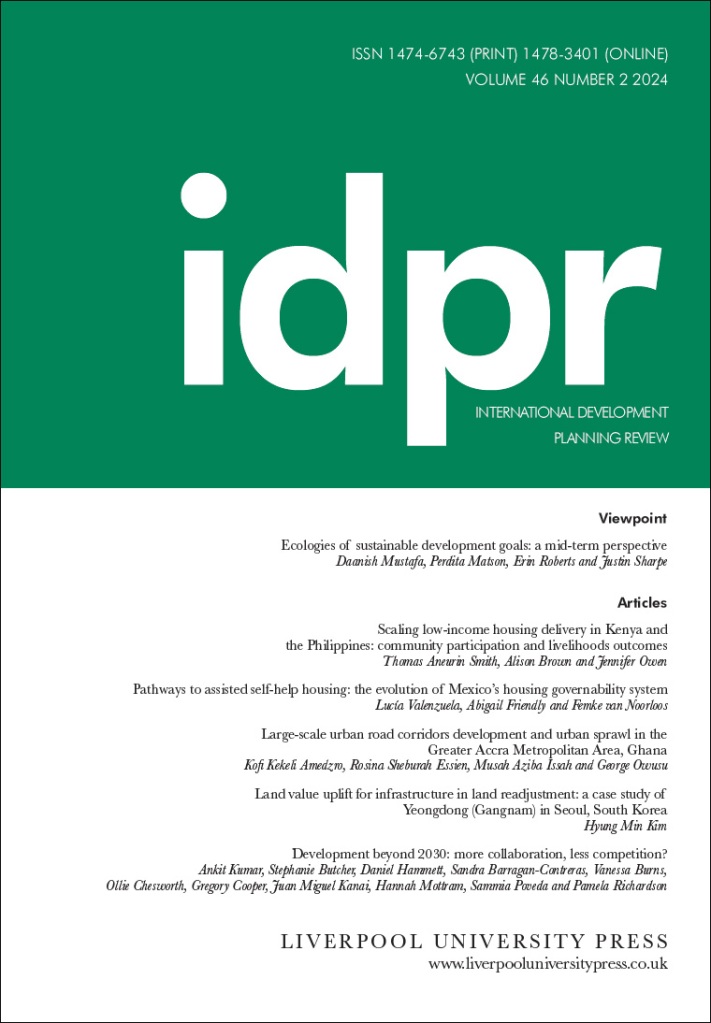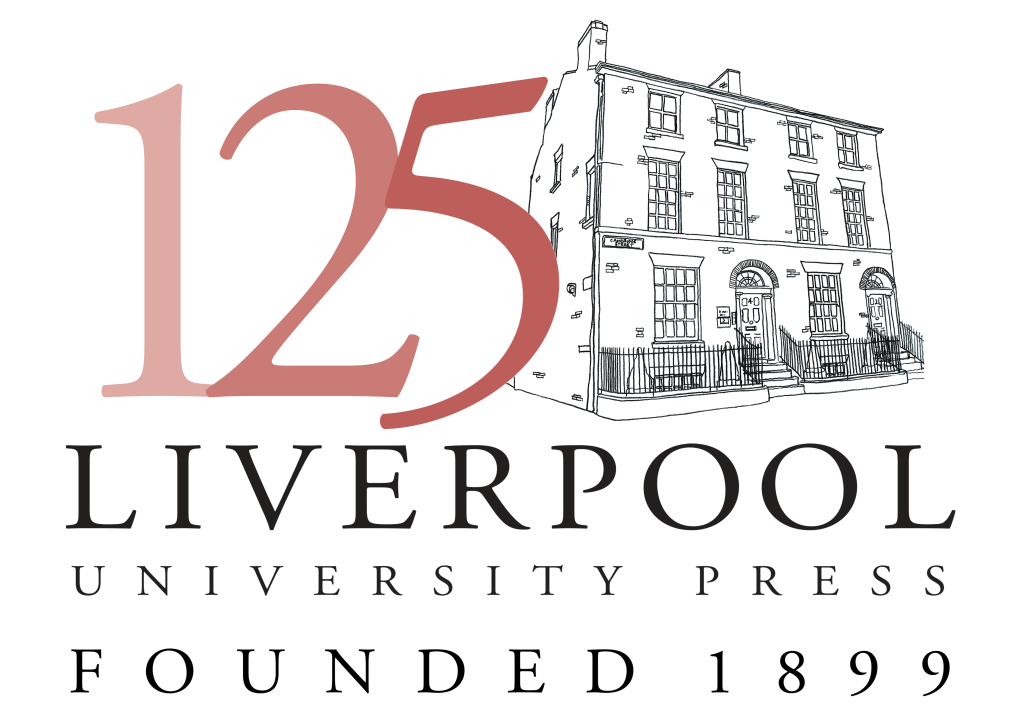The editors of International Development Planning Review (IDPR) have selected the following paper as the Featured Article in IDPR 46.2.
It is available to read Open Access as part of LUP Open Planning:
‘Ecologies of sustainable development goals: a mid-term perspective’, by Daanish Mustafa, Perdita Matson, Erin Roberts, and Justin Sharpe.
When asked to describe the paper and highlight its importance, the authors stated the following:
The Sustainable Development Goals (SDGs) gains made prior to 2020 have since been impacted by the cascading and intersecting crises of: COVID-19, enhanced environmental hazards, climate change and raging inflation exacerbated by inequalities in the aftermath of the war in Ukraine (UNDP, 2022) causing a slide backwards. In our article (Mustafa et al., 2023) we propose a course correction going forward, by taking an ecosystemic approach to understanding the linkages between different SDGs to define key points of leverage that may cascade into achieving other SDGs.

Figure 1. The developmental (political) ecology of SDGs
Using a literature-based approach to mapping the SDGs and their linkages and building on the work of others (UNESCAP, 2017; Nilsson et al., 2016; ICSU, 2017; Zhou and Moinuddin, 2017), we argue that gender equality and responsible consumption and production are the core SDGs within the SDG ecosystem approach that we use. Drawing on the work of Nilsson et al., 2016, we use a Likert scale to indicate the strength of the linkages: with 3 denoting an indivisible linkage, whereby the two SDGs cannot be delinked from one another; 2 denoting a reinforcing relationship; 1 for enabling in which one SDG enables another; and 0 indicating no significant interactions. To help understand the conceptual and policy linkages, we created an ecosystem showing the developmental (political) ecology of the SDGs (figure 1).
While it has been argued that each of the SDGs are linked to each other (e.g., Nilsson, 2016), we suggest that for action, entry points are necessary, and further believe that using gender and responsible consumption and production as entry points will allow the SDGs to be achieved in a holistic but not depoliticised way. Our approach was to undertake this evidence-based exercise with explicit normative assumptions, providing simultaneously a politicised and practical guide to making progress towards these goals over the rest of the decade. Our use of the political ecology lens means drawing upon the existing state of knowledge and extracting causal linkages between seemingly atomistic goals. We summarise key highlights of the above exercise to be: 1) economic expansion based upon the neoliberal model, has not, does not, and cannot work; 2) trickle-down effect not only does not work but is ethically deeply problematic; 3) life styles of the rich and the resource use patterns of the global North have a much greater imprint on the planet than the reproductive behaviour of the poor; 4) ecological sustainability is predicated upon social sustainability; and 5) social justice is not only an ethical imperative but also a functional necessity for ecological and social sustainability. The above normative assumptions and the evidence in the literature provide us the structure that puts the question of equality, and then a cultural and material change in human societies, at the heart of the SDG universe.
References:
ICSU (International Council for Science) (2017) A Guide to SDG Interactions: From Science to Implementation, Paris, ICSU.
Mustafa, D., Matson, P., Roberts, E., & Sharpe, J. (2023). Ecologies of sustainable development goals: a mid-term perspective. International Development Planning Review, 1-15. https://doi.org/10.3828/idpr.2023.12
Nilsson, M., Griggs, D. and Visbech, M. (2016) ‘Policy: map the interactions between Sustainable Development Goals’, Nature, 534 (7607), 320–322.
UNDP (United Nations Development Programme) (2022) The Sustainable Development Goals
Report 2022, New York, United Nations.
UNESCAP (Economic and Social Commission for Asia and the Pacific) (2017) Integrated
Approaches for Sustainable Development Goals Planning: The Case of Goal 6 on Water and Sanitation, Bangkok, UNESCAP.
Zhou, X. and Moinuddin, M. (2017) Sustainable Development Goals Interlinkages and Network Analysis: A Practical Tool for SDG Integral and Policy Coherence, Kanagawa, Institute for Global Environmental Strategies.
Follow us for more updates
Sign up to our mailing list
Twitter | Instagram
www.liverpooluniversitypress.co.uk


